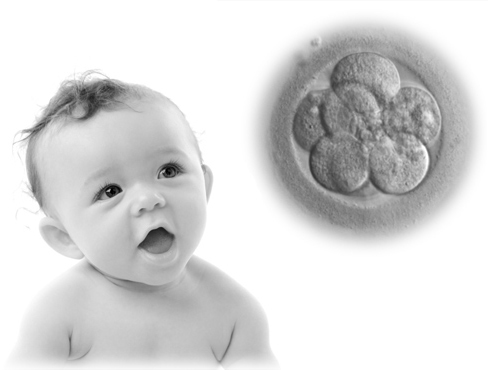Ethics and technological research and development do not always go hand in hand. In ethics, technology is often only mentioned as the source of our problems, and not as a potential solution to our moral dilemmas. On the other hand, from a technology perspective, ethics is often only mentioned as a constraint on developments, where it could be seen as a source of innovation.1 Situations in which we have different value commitments by which we cannot live simultaneously are referred to as situations of ‘moral overload’.2 In this column I will focus on one particular case where technology and ethics provide this moral overload, namely the stem cell debate. So, what happened? And more importantly, what does this example tell us?
The stem cell debate is not new. Bone marrow stem cell transplants have been performed for decades. Though, the real controversy ensued only in 1998, when scientists learned how to remove stem cells from human embryos.3 Amongst others, the following difficult questions have raised: Does life begin at fertilization, in the womb, or at birth? Is a human embryo equivalent to a human child and does it have any rights? Might the destruction of a single embryo be justified if it provides a cure for a countless number of patients?
By the year 2000, the European Union started a program, which for the first time contained the subject of stem cell research. The outcome was, with a slight majority, that the EU subsidized certain forms and forbids other forms of this research. This way it could steer and regulate the development, which can be considered a very decent move. Nevertheless, there still were enough reasons to dislike the research and the subsidies. One could think of the degradation of the respect for life when taking lives from embryo’s for research. Furthermore, EU-countries that still did forbid any forms of research in that area, were contributing financially.4 In other words, the discussion had not yet come to an end.
This discussion, that had always been present, eventually was the driving force for the next solution. In a fertility laboratory in 1999, the Japanese scientist Shinya Yamanaka associated the sight of an embryo with its own daughters. Dr. Shinya Yamanaka said the following: “I thought, we can’t keep destroying embryos for our research. There must be another way.” 5 Eight years later, in 2007, he was in one of the two groups of researchers that independently announced they had successfully reprogrammed adult skin cells into equivalent of human embryonic stem cells without using an actual embryo. Their findings were seen as a break-through, since they were a way around the ethic anxiety against stem cell research.6
This can be considered an evident example of the idea that criticism on the field of ethics can lead to technological innovation. It is a proof that new technologies ask for new ethics and changed ethics require new technologies. Moral overload should not be seen as an obstacle, but as a challenge from which we can in the end all benefit.
---
Sources:
[1] Engineering and the Problem of Moral Overload: http://www.ncbi.nlm.nih.gov/pmc/articles/PMC3275721/
[2] Moral overload and its alleviation: http://ebooks.cambridge.org/chapter.jsf?bid=CBO9781139174855&cid=CBO9781139174855A019
[3] The Stem Cell Debate: Is It Over?: http://learn.genetics.utah.edu/content/stemcells/scissues/
[4] Europa Nu – Stamcelonderzoek: http://www.europa-nu.nl/id/vhcmeoc6ssua/stamcelonderzoek
[5] The New York Times – Science: http://www.nytimes.com/2007/12/11/science/11prof.html?pagewanted=all&_r=0
[6] Stamceltherapie voor dummies: https://www.eo.nl/magazines/visie/artikel-detail/stamceltherapie-voor-dummies/
